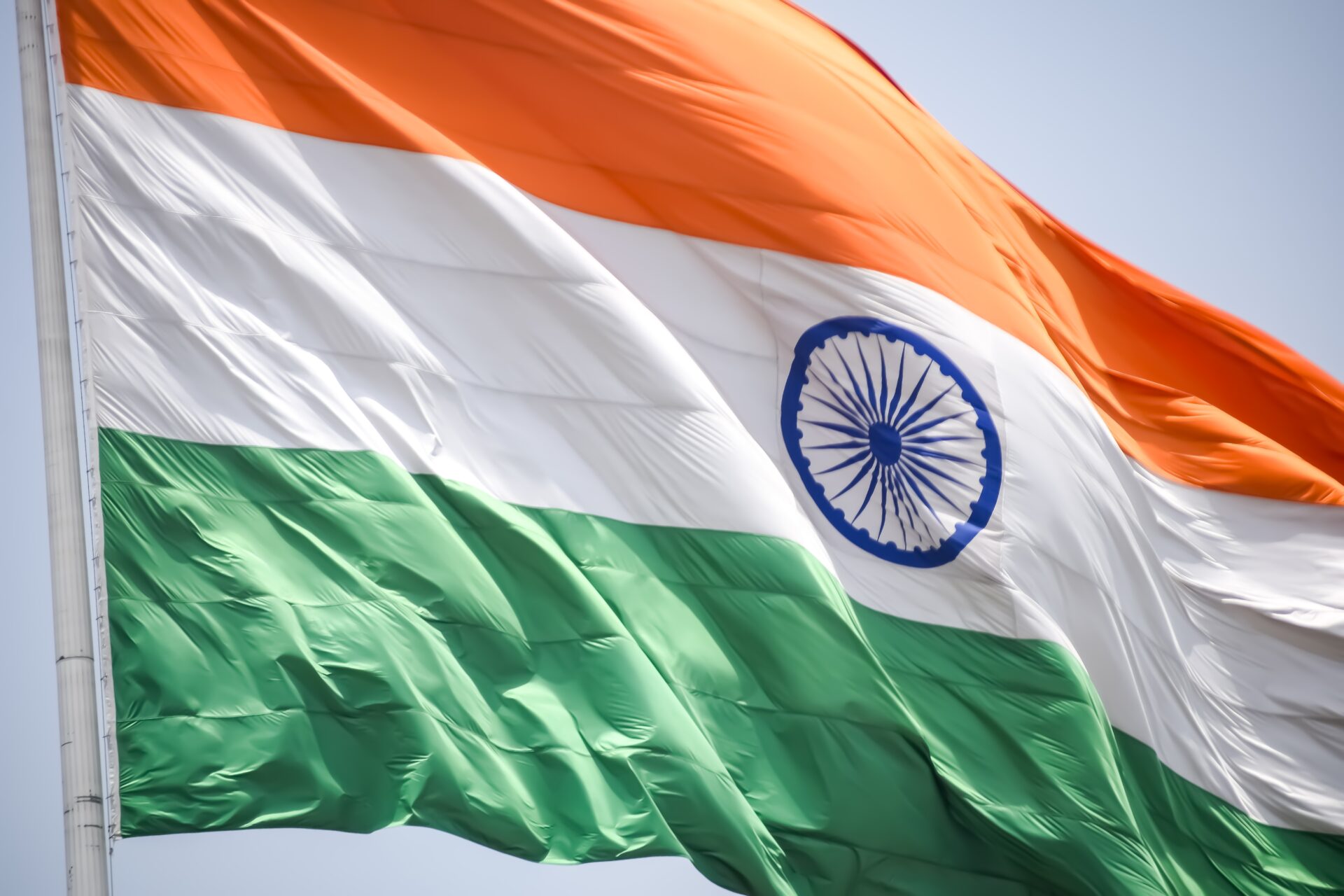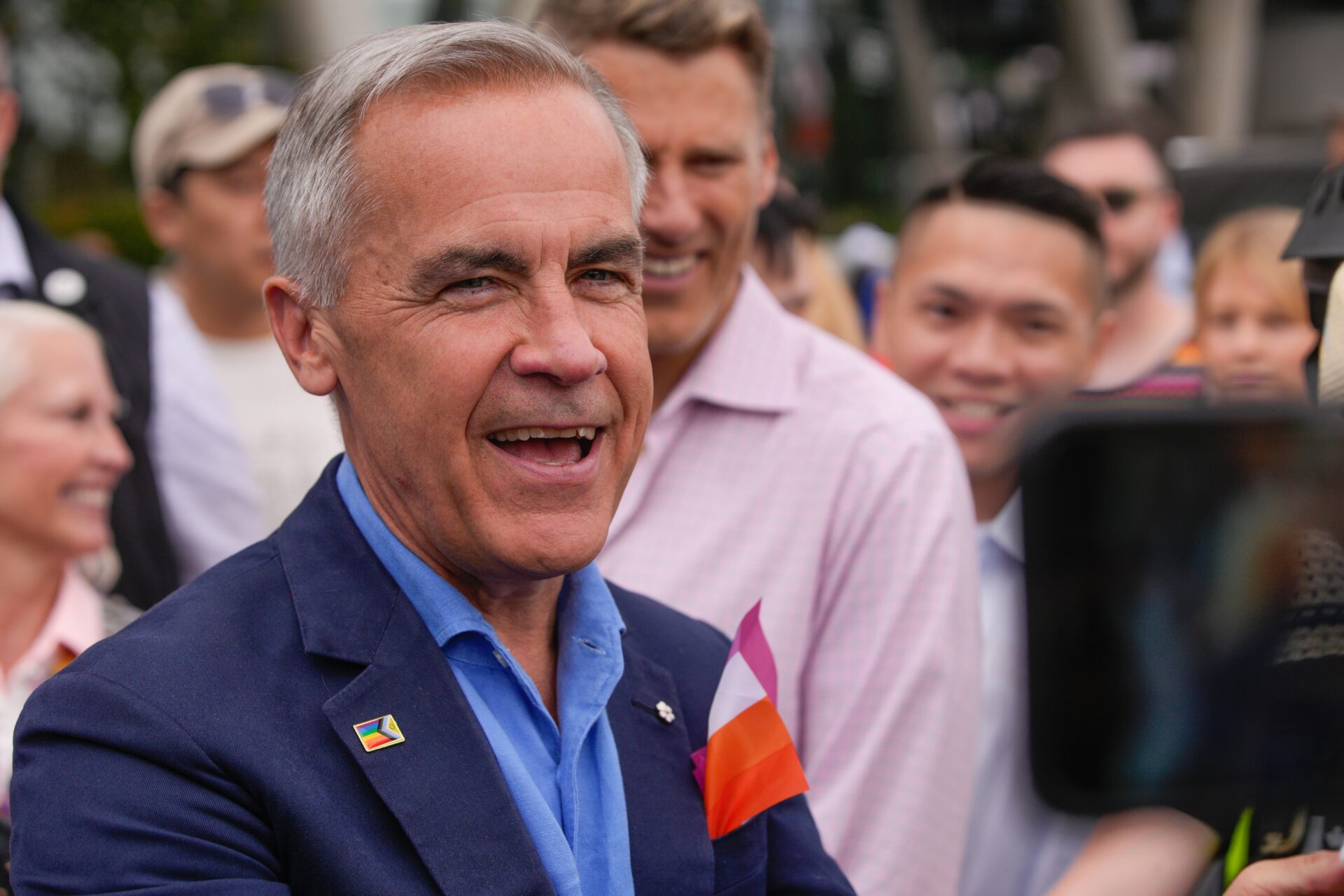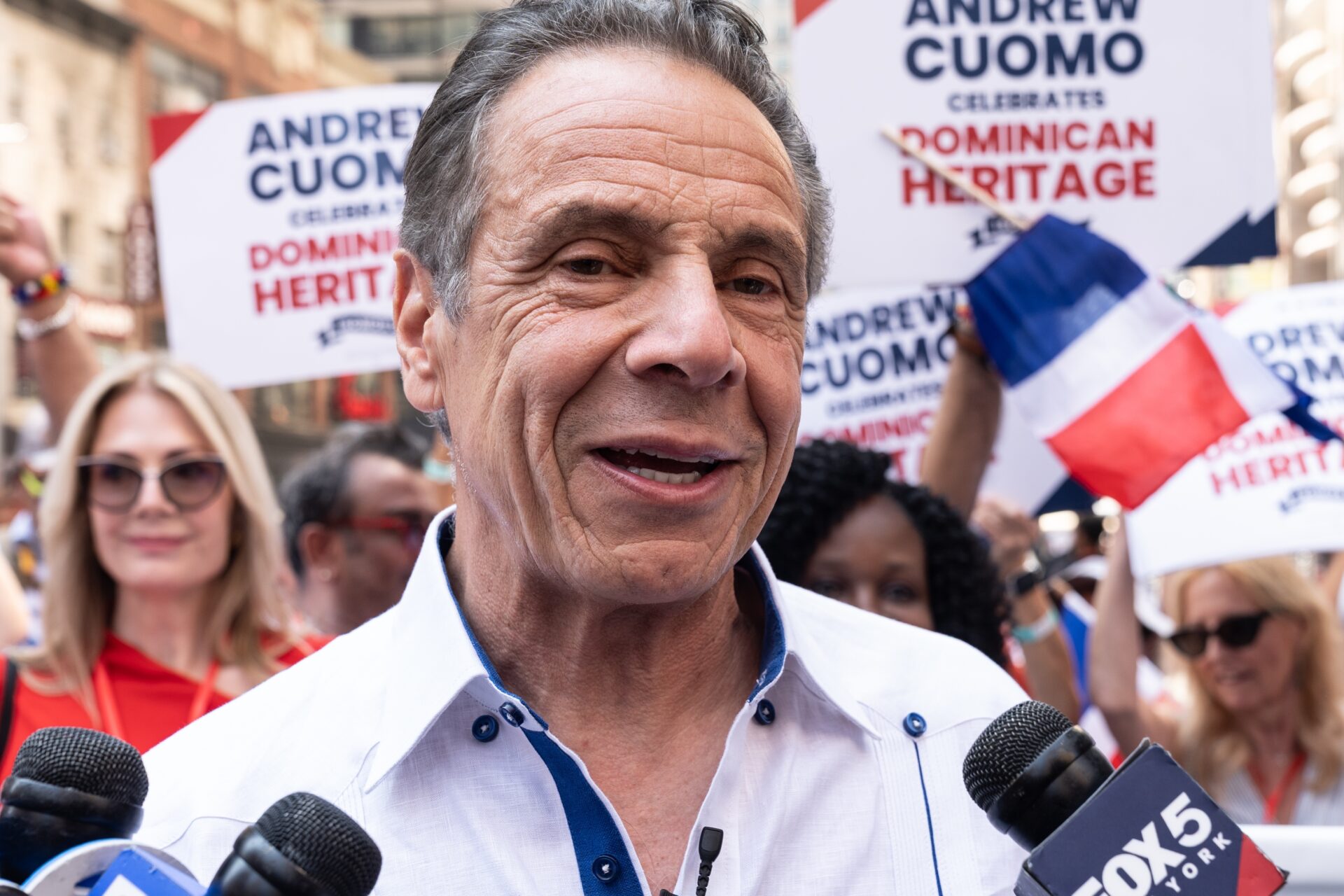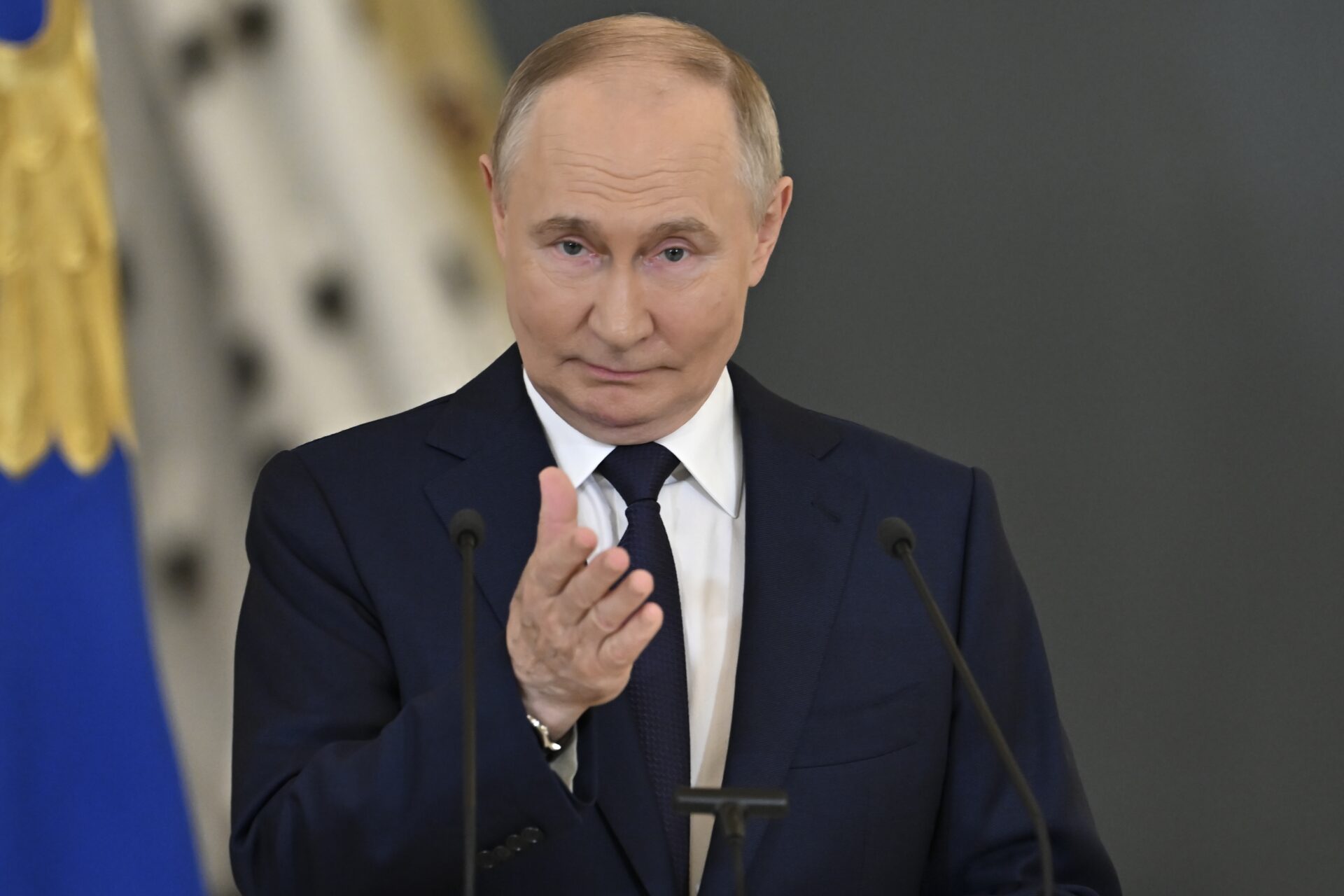
Will Tariffs TORPEDO Indo-U.S. Ties?
President Trump’s 25% tariff on Indian imports aims to punish Moscow ties but risks unraveling a fragile U.S.-India trade rapport.
At a Glance
- A 25% U.S. tariff on Indian goods takes effect August 1, 2025
- The move is tied to India’s continued oil and defense trade with Russia
- Commerce Minister Piyush Goyal expects a trade deal by November 2025
- The 25D solar tax credit ends December 31, 2025, affecting clean energy adoption
- Bilateral negotiations continue amid rising diplomatic strain
Trade Tensions Escalate with Tariff Blow
On July 30, 2025, President Trump announced a 25% tariff on a broad range of Indian goods, effective August 1. The move, part of a broader strategy to leverage economic policy for geopolitical ends, directly targets India’s continued engagement with Russia, particularly in the energy and defense sectors. U.S. officials have framed the measure as a pressure tactic meant to dissuade India from undermining Western sanctions on Moscow amidst the ongoing Ukraine conflict.
The immediate fallout has stirred concern among industry observers and economists, who warn of significant disruptions to U.S.-India trade. Key Indian export sectors—textiles, gems, and chemicals—are expected to bear the brunt of the increased costs, while American importers may face price hikes. The policy’s ripple effects could also harm joint ventures and supply chain interdependencies forged over years of bilateral cooperation.
Watch now: U.S. Tariffs and India’s Strategic Crossroads
India Seeks Diplomatic Balance
Despite mounting pressure, Indian Commerce Minister Piyush Goyal has expressed confidence in reaching a trade agreement with the United States by November 2025. Goyal emphasized that both nations remain committed to finding a workable solution through diplomatic engagement. Reports suggest that India may offer tariff concessions and increase its imports of U.S. liquefied natural gas (LNG) and defense equipment in an effort to break the impasse.
The Indian government continues to stress its strategic autonomy in foreign affairs, including its energy and defense alignments. Goyal’s upbeat tone reflects a calculated bet that economic pragmatism can override geopolitical friction. Indian officials appear determined to preserve their nation’s right to diversify its partnerships without jeopardizing key trade relationships.
Policy Fallout and Future Risks
Beyond the tariff imposition, the Trump administration also announced the scheduled termination of the 25D federal solar tax credit by the end of 2025. This decision could trigger a spike in residential solar installations before the December 31 cutoff, followed by a potential downturn in industry momentum. The policy shift marks a significant rollback in renewable energy incentives, further complicating bilateral trade talks that had included clean energy collaboration.
In the longer term, these intertwined issues may prompt India to reassess its trade dependencies and global alignments. Analysts caution that if tensions escalate, both nations risk unraveling decades of diplomatic and economic gains. India may seek alternative markets or strengthen ties with non-aligned partners to mitigate the impact of U.S. pressure. Meanwhile, Washington’s aggressive use of tariffs as a bargaining chip could erode trust among allies navigating their own geopolitical priorities.
Sources
ibullssecurities.com
Atlantic Council
Times of India


